Liquid kashk is a fermented dairy product provided under two kinds of traditional liquid kashk and industrial liquid kashk in Iran. The essential raw material of both liquid kashks is yogurt. Dried Kashk-a popular concentrated yogurt type dairy product-is employed for traditional kashk liquid production state.

Kashk: Its Alternative Names, What is it? How is it Made?
 Liquid kashk is a fermented dairy product produced under two types of traditional liquid kashk and industrial liquid kashk in Iran. The basic raw material of both liquid kashks is yogurt. Dried Kashk-a traditional concentrated yogurt type dairy product-is used for traditional liquid kashk production. The common names are Kashk or qurut and it is a type of dairy product used in menus of Iranian and Afghan people. To make the dried yogurt qurut a traditional or automatic method can be applied. For traditionally prepared qurut water is added to full-fat yogurt and poured into a goatskin “churn” a sack hung from a holder that is twisted back and forth until the milk departs into a type of butter and buttermilk. The buttermilk is boiled and drained to obtain curd which is dried in the sun over weeks to make qurut. For the advanced method, sour yogurt is mixed until smooth, then boiled and filtered. It is left to ferment in a warm oven for some days, then the moisture is refined and combined with salt to make the kashk. The drained liquid kashk can be used to make qaraqurut (“dried black whey”).
Liquid kashk is a fermented dairy product produced under two types of traditional liquid kashk and industrial liquid kashk in Iran. The basic raw material of both liquid kashks is yogurt. Dried Kashk-a traditional concentrated yogurt type dairy product-is used for traditional liquid kashk production. The common names are Kashk or qurut and it is a type of dairy product used in menus of Iranian and Afghan people. To make the dried yogurt qurut a traditional or automatic method can be applied. For traditionally prepared qurut water is added to full-fat yogurt and poured into a goatskin “churn” a sack hung from a holder that is twisted back and forth until the milk departs into a type of butter and buttermilk. The buttermilk is boiled and drained to obtain curd which is dried in the sun over weeks to make qurut. For the advanced method, sour yogurt is mixed until smooth, then boiled and filtered. It is left to ferment in a warm oven for some days, then the moisture is refined and combined with salt to make the kashk. The drained liquid kashk can be used to make qaraqurut (“dried black whey”).
Kashk Nutrition Facts and Main Ingredients
kashk nutrition for a serving size of 2 tbsp (28g) of liqud kashk is 17 calories with fat=11.3 (66.2%) Total Fat=1.3g – Cholesterol=3.5mg – Sodium=80mg 4% Carbohydrates=1g – Net carbs=1g – Sugar=1g – Fiber=0g 0%-kashk protein =0g Vitamins and minerals Calcium=20mg and Iron=0.5mg. Kashk has been a snack in the Iranian diet for thousands of years. In recent Iran, kashk is a thick whitish fluid similar to whey or sour cream, used in traditional Persian and Kurdish cuisine, like ash reshteh, kashk e badamjan, kale joush. It is available as a liquid or in a dried form, which needs to be watered and melted before it can be used in cooking. Kashk was traditionally originated from the leftovers of cheese-making (more specifically, the milk used to create it). The method is deducting butter from milk the rest is doogh which can be used as the foundation for kashk. The water is decreased from this beverage and what remains is kashk which can be dried. Iranian kashk has made an impression in US markets in the past half-century by several Iranian grocers starting with Kashk Hendessi. The Middle East is the origin of different and traditionally fermented dairy products. Several examined on food fermentation demonstrated the value of these products due to their ability to inactivate or breakdown of anti-nutritive components, toxins, as well as improvement of digestibility of nutrients. During fermentation reaction in milk, commonly LAB metabolize lactose to lactic acid and consequently, reduction and higher titratable acidity (TA) occurred, therefore the pathogens will not develop in fermented dairy products. Kashk is very nutritious and contains calcium, fat, salt, protein, and niacin (vitamin B3). This tasty food can help supply the body with the energy it needs, as every 100 grams of Kashk produces about 105 to 120 kcal of energy. The amount of nutrients in Kashk depends on how it is processed, as well as the milk or its raw material, and the denser the Kashk, the more protein it has. Also, the lower the moisture content of Kashk and the less it is processed, the more nutrients, especially calcium, it has.
The Difference Between Kashk and Whey
 The Persian “kashk” is a conserved food made from wheat or barley mixed with sour milk or yoghurt; in Iran, nevertheless, the same word also means dried buttermilk. Kashk appears in liquid or dried form (you reconstitute it with water) and is traditionally made with milk leftover from cheese-making. In Lebanon, Syria, Palestine, Jordan, Turkey, and Armenia, “kishk” is the title given to processed discs of fermented yogurt and wheat. At the end of summer, just after the wheat crop, bulgur is formed by boiling, drying, and crushing the grain. This is then mixed with the yogurt, spread on a tray, and dropped until the grain has received all the liquid. The kishk grains are then spread on materials and left to dry in the sun; a final rubbing reduces them to a powder Kashk . Other takes on the theme don’t include grain at all, just pieces of dried, fermented yoghurt, which are crushed and then reconstituted. Kashk or kishk is added to soups and stews, both to thicken them and for their deep flavor. When asked what she stocked up with when she had to flee Beirut in the civil war, Bethany Kehdy, founder of the wonderful The Jewelled Kitchen, picked awarma (preserved meat) and kishk. “The two can be paired to create a very soul-soothing soup,” she says. Rather like runny feta, tart kishk also gives a welcome difference in dishes of rich, roast vegetables. In Iran, a popular spread, kashk-e bademjan, is made by combining roasted aubergine with caramelised onion, mint, kashk, and then maybe garlic, tomato paste and walnuts. The taste of kashk is unique, so it’s well worth hunting down in Middle Eastern grocers, specialist stores, and online. If you can’t get it, you can make a questionable approximation by mixing sour cream or crème fraîche with grated parmesan, and possibly adding a few pulverized tinned anchovies. powdered Kashk should be stored in a cool, dry place. To use provided dry kashk, place some in a bowl and cover with boiling water. Wait for some minutes and then stir until it’s suspended in water. The liquid form, however, should be saved in the fridge and can go directly into a recipe.
The Persian “kashk” is a conserved food made from wheat or barley mixed with sour milk or yoghurt; in Iran, nevertheless, the same word also means dried buttermilk. Kashk appears in liquid or dried form (you reconstitute it with water) and is traditionally made with milk leftover from cheese-making. In Lebanon, Syria, Palestine, Jordan, Turkey, and Armenia, “kishk” is the title given to processed discs of fermented yogurt and wheat. At the end of summer, just after the wheat crop, bulgur is formed by boiling, drying, and crushing the grain. This is then mixed with the yogurt, spread on a tray, and dropped until the grain has received all the liquid. The kishk grains are then spread on materials and left to dry in the sun; a final rubbing reduces them to a powder Kashk . Other takes on the theme don’t include grain at all, just pieces of dried, fermented yoghurt, which are crushed and then reconstituted. Kashk or kishk is added to soups and stews, both to thicken them and for their deep flavor. When asked what she stocked up with when she had to flee Beirut in the civil war, Bethany Kehdy, founder of the wonderful The Jewelled Kitchen, picked awarma (preserved meat) and kishk. “The two can be paired to create a very soul-soothing soup,” she says. Rather like runny feta, tart kishk also gives a welcome difference in dishes of rich, roast vegetables. In Iran, a popular spread, kashk-e bademjan, is made by combining roasted aubergine with caramelised onion, mint, kashk, and then maybe garlic, tomato paste and walnuts. The taste of kashk is unique, so it’s well worth hunting down in Middle Eastern grocers, specialist stores, and online. If you can’t get it, you can make a questionable approximation by mixing sour cream or crème fraîche with grated parmesan, and possibly adding a few pulverized tinned anchovies. powdered Kashk should be stored in a cool, dry place. To use provided dry kashk, place some in a bowl and cover with boiling water. Wait for some minutes and then stir until it’s suspended in water. The liquid form, however, should be saved in the fridge and can go directly into a recipe.
What are Various Uses of Kashk?
Kashk benefits and properties: 1. Slimming: One of the properties of Kashk is slimming. There is no sugar in Kashk; Therefore, consuming this substance is useful for a slimming diet. Eating some Kashk before a meal reduces appetite and prevents overweight and obesity because it contains strong calcium-rich white matter and no sugars. In fact, Kashk, with its high protein content, helps to increase metabolism and reduce the feeling of hunger, thereby reducing weight and fitness. 2. Beauty and health of skin and hair: Kashk can be used not only orally but also as a poultice. Applying Kashk poultice and rubbing Kashk is very useful for treating hair loss and preventing baldness and alopecia. Natural sunscreen: Kashk is also used as a natural sunscreen. For this purpose, mix lemon juice and Kashk or turmeric and Kashk. To treat sunburn and get rid of brown spots on the skin, apply this mixture on the affected areas and see the miracle for yourself. Eliminate dark circles around the eyes: Kashk can eliminate dark circles around the eyes. To do this, you can put a cotton ball soaked in Kashk under the eyes for 10 minutes and reduce dark circles around the eyes. Skin rejuvenation: Another property of Kashk for skin rejuvenation. You can use Kashk ey mask to rejuvenate your skin. To prepare this mask, a spoonful of Kashk, a spoonful of vitamin C, green tea leaves and a little honey help reduce skin wrinkles and rejuvenate the skin. 3. Treatment of skin infection: To take advantage of this property of Kashk, it is enough to soak a handkerchief in Kashk and use it. This tissue soaked in Kashk can have antiseptic properties for your skin. Natural Hair Conditioner: To have shiny and soft hair, you can apply Kashk to your hair before shampooing or you can add beaten eggs to it for better results and use them as a hair mask for 45 minutes. Put it on your hair and then shampoo it with cold water. Kashk is also used as a natural sunscreen. For this purpose, mix lemon juice and Kashk or turmeric and Kashk. To treat sunburn and get rid of brown spots on the skin, apply this mixture on the affected areas and see the miracle for yourself. 4. Treatment for dandruff: Dandruff occurs when the production of sebum (fat) in the scalp becomes uncontrollable. That is why to solve the problem of dandruff, you must first remove the excess fat and then thoroughly clean the scalp. Keep doing this to prevent dandruff from returning to your hair. To get rid of dandruff, you can mix Kashk and black pepper powder together and apply it on your scalp and leave it for a while; Then wash it thoroughly. For best results, do this at least twice a week. 5. Skin repair and cleansing: Kashk mask, which contains Kashk, lemon juice and honey, can destroy dead skin cells and cleanse the skin. Use this mask for your skin from time to time. Treatment of osteoporosis: Another property of Kashk is the treatment of osteoporosis. Kashk equals milk with its high calcium content; The most important treatment for Kashk is to prevent the onset or progression of osteoporosis; Adequate amounts of calcium, phosphorus and the ratio of these two nutrients in Kashk prevent osteoporosis. 6. Prevention of gestational hypertension: Maintaining normal blood pressure is another property of Kashk in pregnancy. Kashk contains potassium, a mineral that controls muscle contraction in the body; Including the heart muscle. Adequate potassium intake helps the heart to circulate blood efficiently and with the right rhythm throughout the body; In this way, Kashk maintains blood pressure at normal levels. Natural gastrointestinal disinfectant: Kashk is rich in organic acids; Therefore, it can be used as an antiseptic for the digestive system as well as the health of the small and large intestines. Maintaining the health of the fetus: There are many benefits to using low-salt Kashk. It is useful for pregnant women to use low-volume, low-salt Kashk to maintain the health of their fetus. In addition, consumption of Kashk with eggplant largely keeps the fetus away from birth defects. 7. Bodybuilding and fitness: Kashk, in addition to calcium, contains all the amino acids the body needs and has a significant amount of protein. You know for sure that the most important role of proteins in the body is to maintain tissues and produce them; Because bodybuilders are interested in bodybuilding and strengthening their muscles; They should know that with heavy exercise, their need for protein increases; As a result, athletes and bodybuilders should try Kashks with nuts and eggs in their meals or snacks. Kashk Reduce the feeling of hunger: As mentioned, Kashk has a significant amount of calcium and protein. Therefore, it is better for people to eat other foods instead of other foods
Which Countries are the Main Producers of Kashk?
 Kashk is found in the foods of Iran, Iraq, Syria, Egypt, the Caucasus, and Turkey. This widespread geographic area contains different language groups, according to the complexity of pinpointing the growth and purpose of this title. Kashk has been a staple in the Iranian diet for thousands of years. It is available as a liquid or in a dried form, which requires to be soaked and melted before it can be applied in cooking. In Turkey, kashk is a dried yogurt also called as keş peyniri, kurut, taş yoğurt, kuru yoğurt, or katık keşi. Its components and crops vary by land. In western and northern Turkey, particularly in Bolu, the product is described as a cheese owing to its appearance and white color. In eastern Turkey, notably Erzincan, Erzurum, and Kars, kurut is made from skimmed yogurt formed from the whey leftover from production of butter by the yayık process, and then ground or pressed. In parts of southeastern Turkey with a significant Kurdish population, it is called keşk.
Kashk is found in the foods of Iran, Iraq, Syria, Egypt, the Caucasus, and Turkey. This widespread geographic area contains different language groups, according to the complexity of pinpointing the growth and purpose of this title. Kashk has been a staple in the Iranian diet for thousands of years. It is available as a liquid or in a dried form, which requires to be soaked and melted before it can be applied in cooking. In Turkey, kashk is a dried yogurt also called as keş peyniri, kurut, taş yoğurt, kuru yoğurt, or katık keşi. Its components and crops vary by land. In western and northern Turkey, particularly in Bolu, the product is described as a cheese owing to its appearance and white color. In eastern Turkey, notably Erzincan, Erzurum, and Kars, kurut is made from skimmed yogurt formed from the whey leftover from production of butter by the yayık process, and then ground or pressed. In parts of southeastern Turkey with a significant Kurdish population, it is called keşk.
Different Packages of Kashk Products
Kashk is made from yogurt or drained fermented milk by forming it and allowing it dry. It can be performed in a variety of forms, like turned into balls, sliced into strips, or cut into chunks. There are three principal kinds of food products with this name including foods extracted from curdled milk products as yogurt or cheese, foods based on barley soup, bread, or flour,and foods based on cereals mixed with curdled milk.
Buy the Highest Quality Liquid Kashk
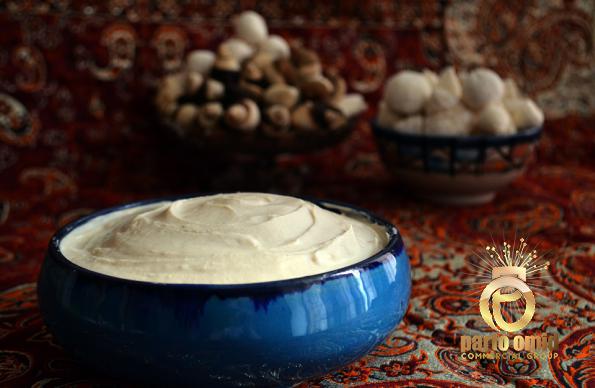 Features of best Kashk: Produced using the best type of raw material Has its unique flavor Contains calcium which is effective in the formation and strength of bones and dental health. Contains protein that is involved in growing muscle tissue and vital roles of the body. (Proteins in kashk are easier to digest.) Contains phosphorus that is involved in the growth and improvement of body tissues. Includes vitamin B3 Use of special and unique formulations Does not contain any vegetable fat.
Features of best Kashk: Produced using the best type of raw material Has its unique flavor Contains calcium which is effective in the formation and strength of bones and dental health. Contains protein that is involved in growing muscle tissue and vital roles of the body. (Proteins in kashk are easier to digest.) Contains phosphorus that is involved in the growth and improvement of body tissues. Includes vitamin B3 Use of special and unique formulations Does not contain any vegetable fat.
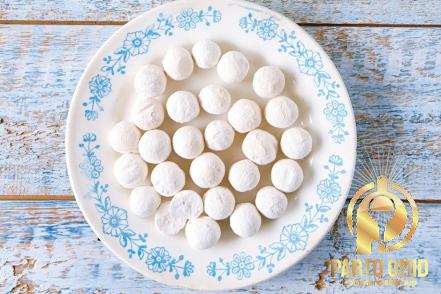
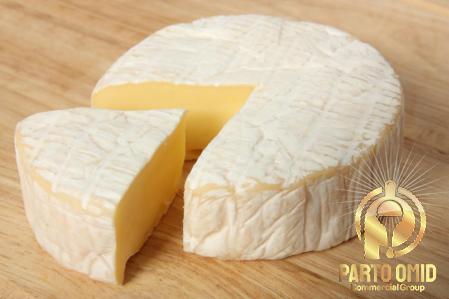
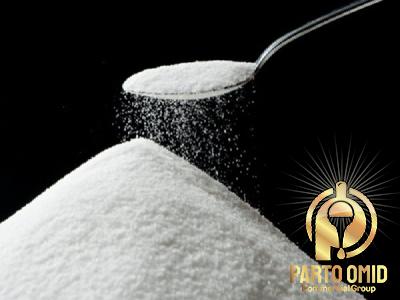
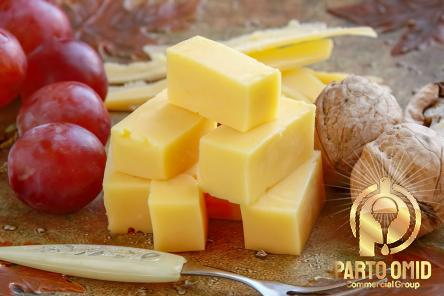
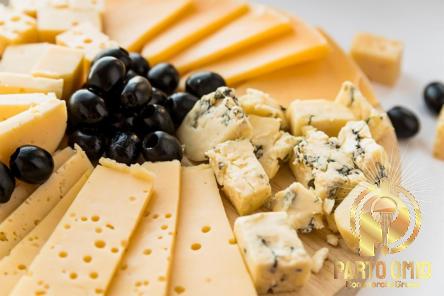
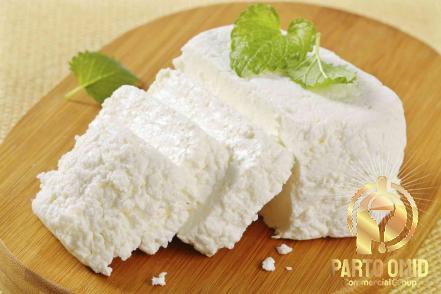
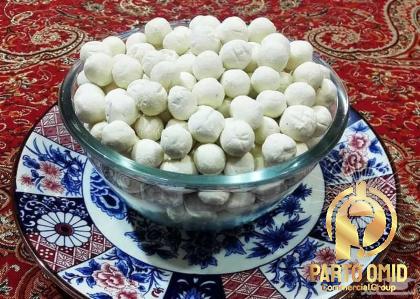
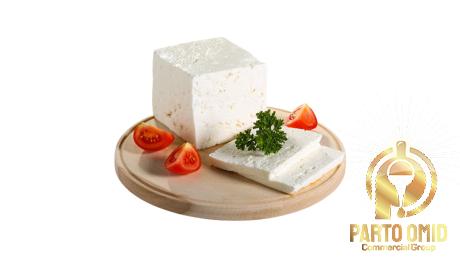
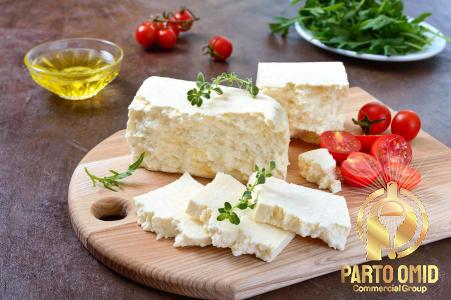
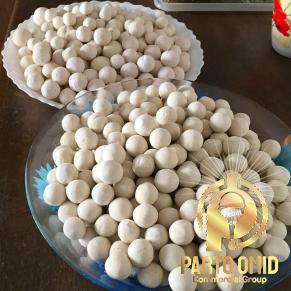
Your comment submitted.